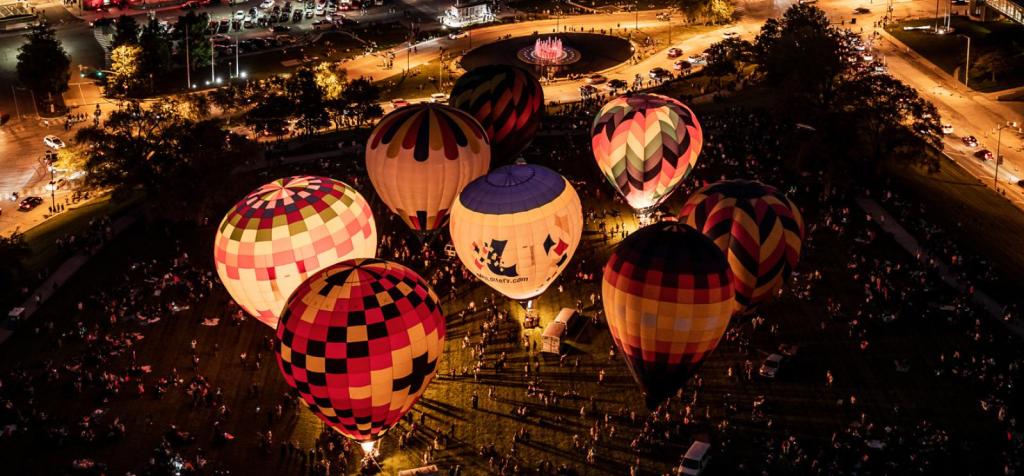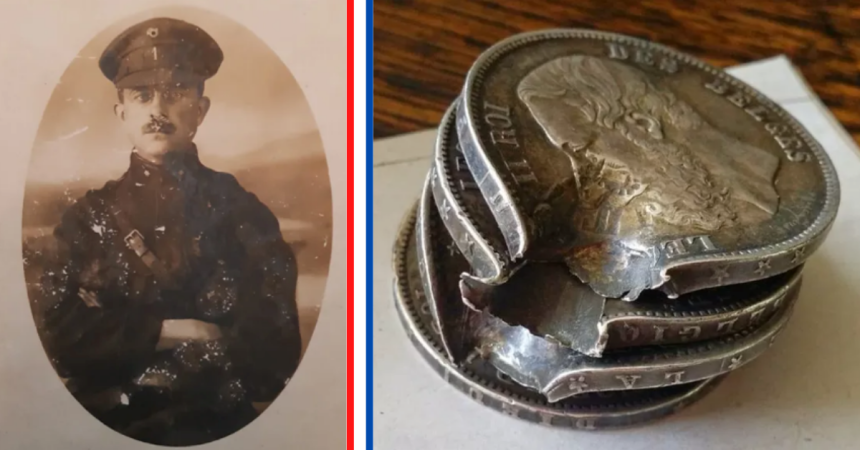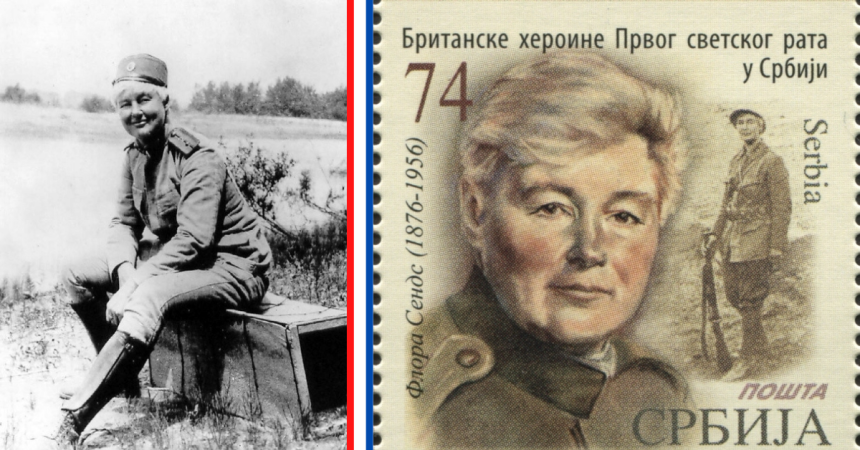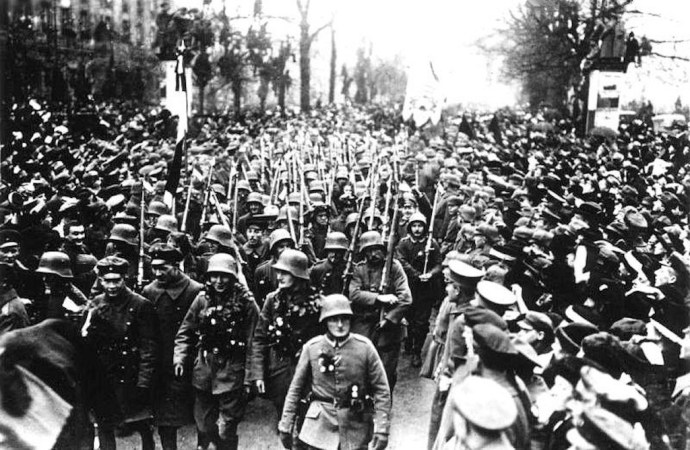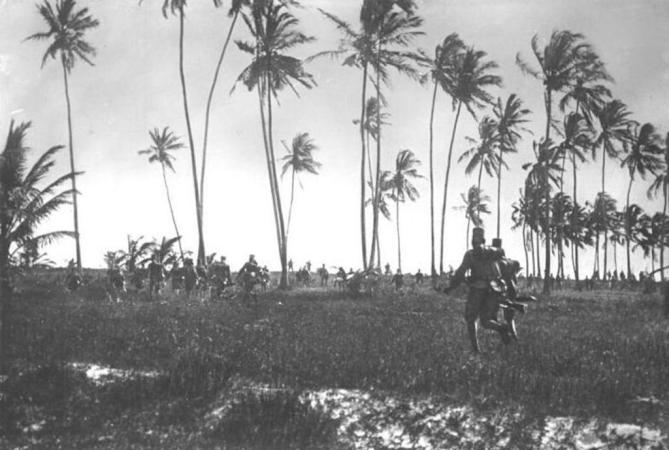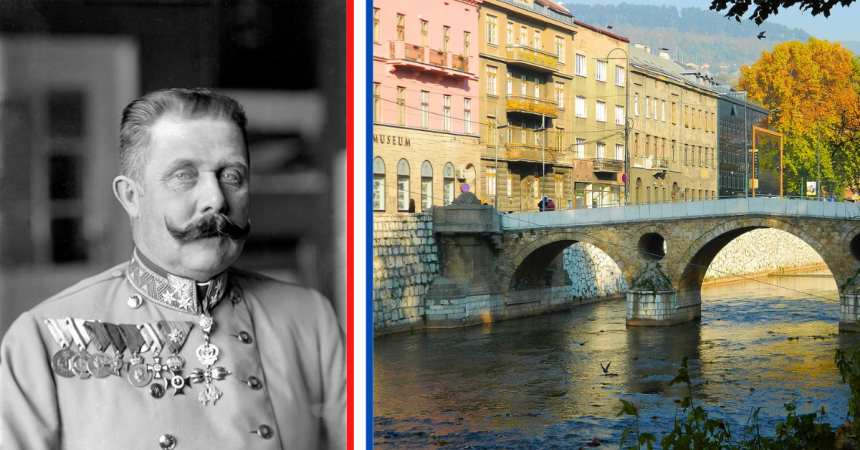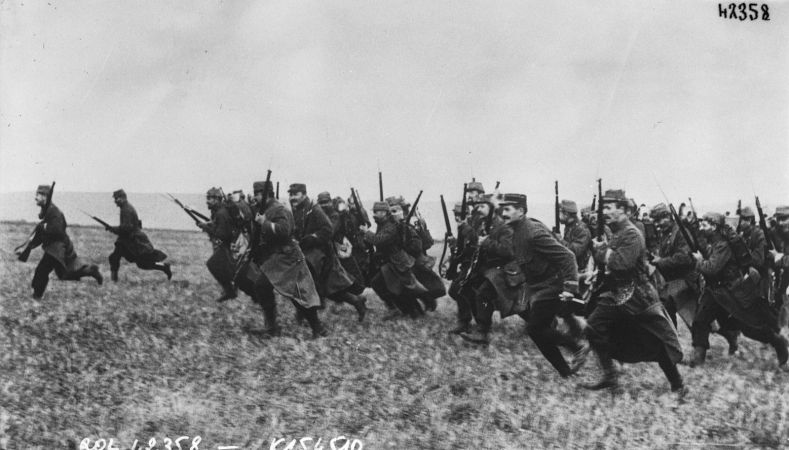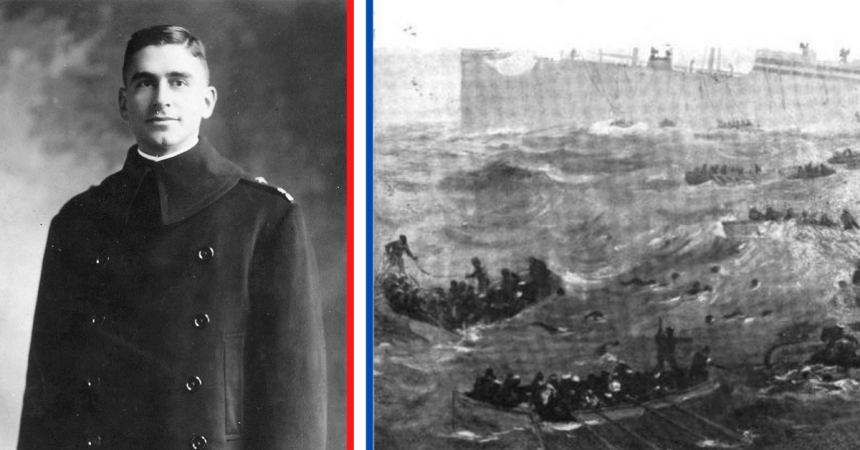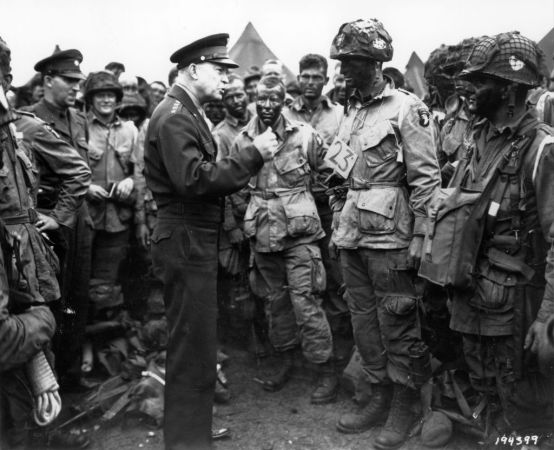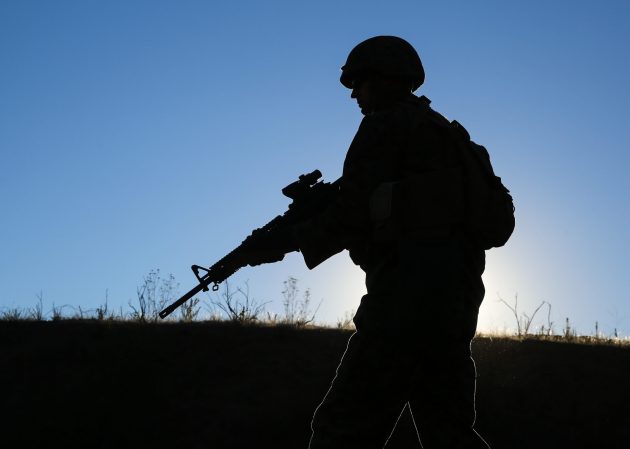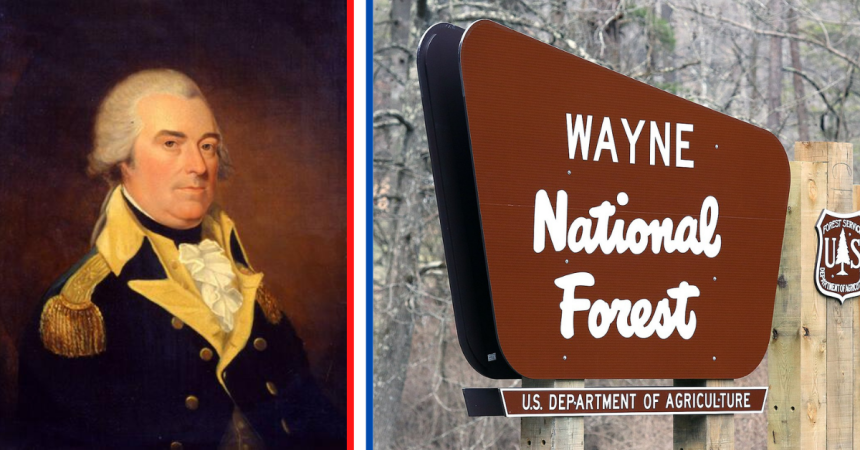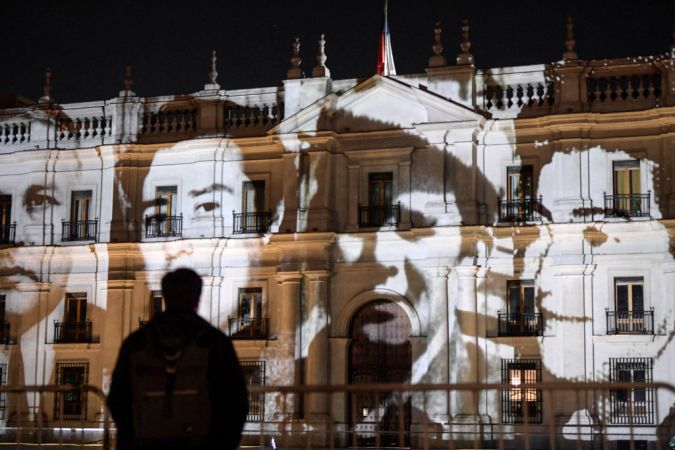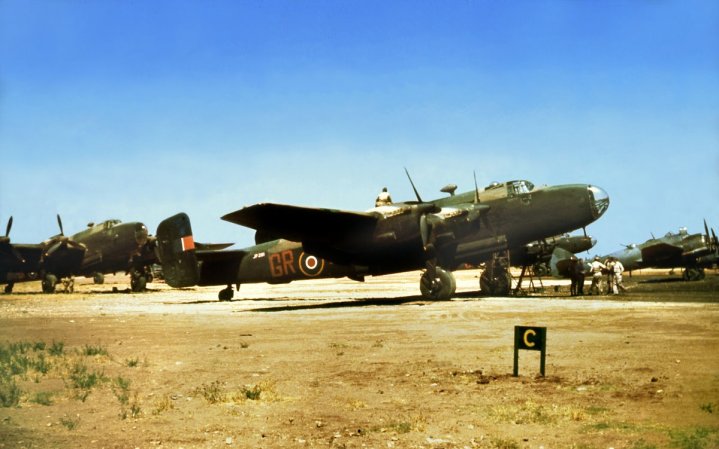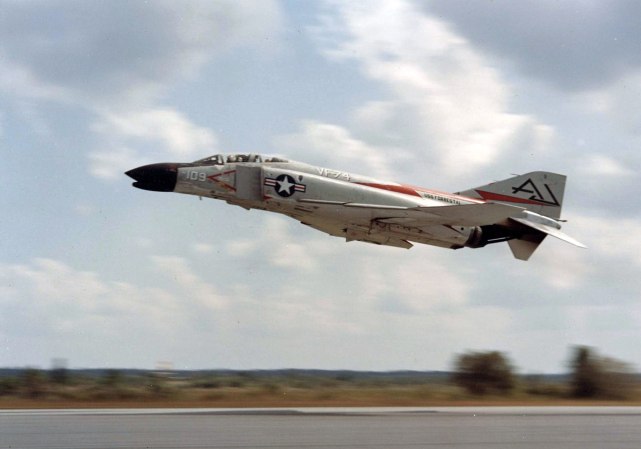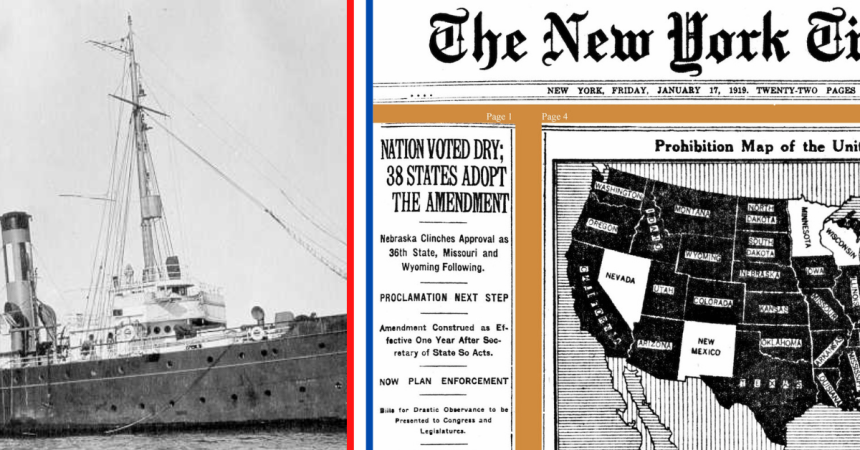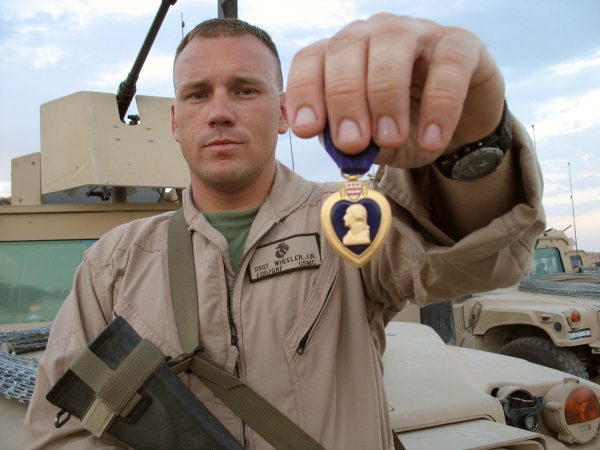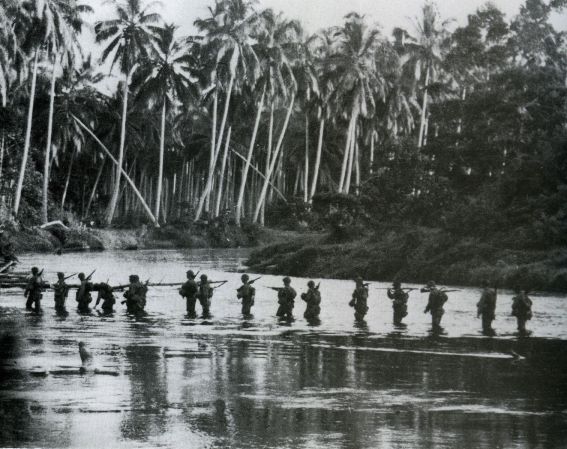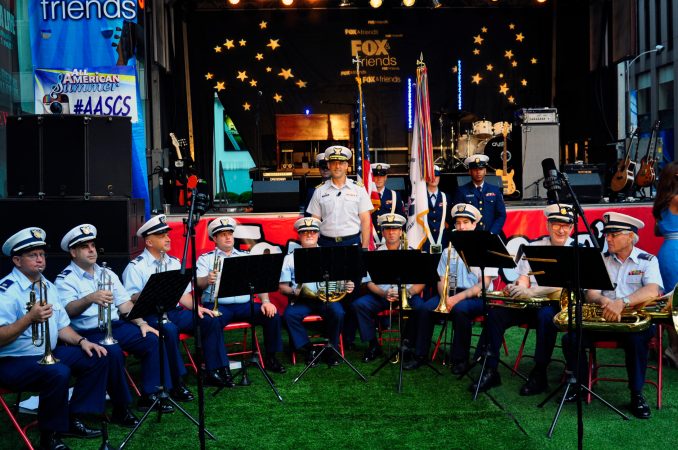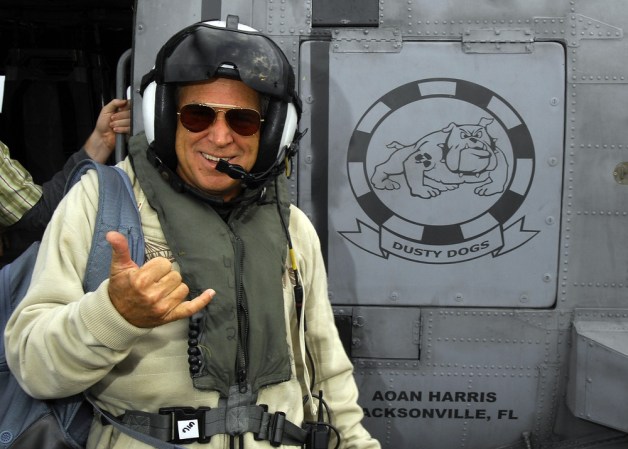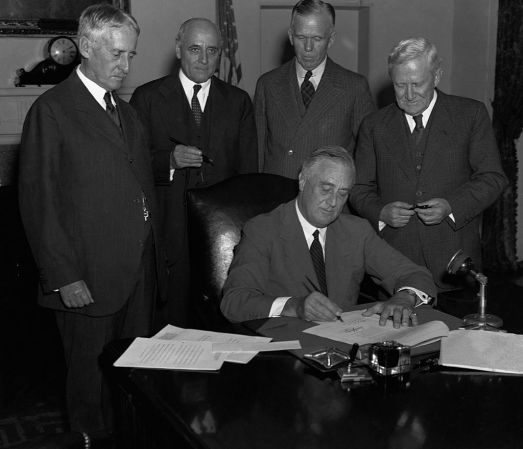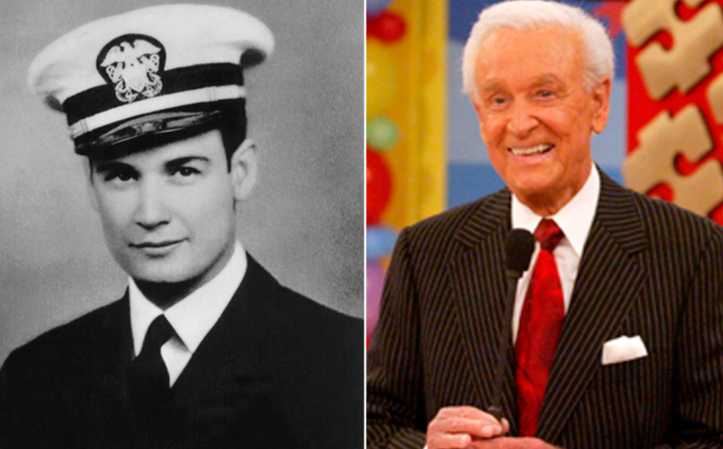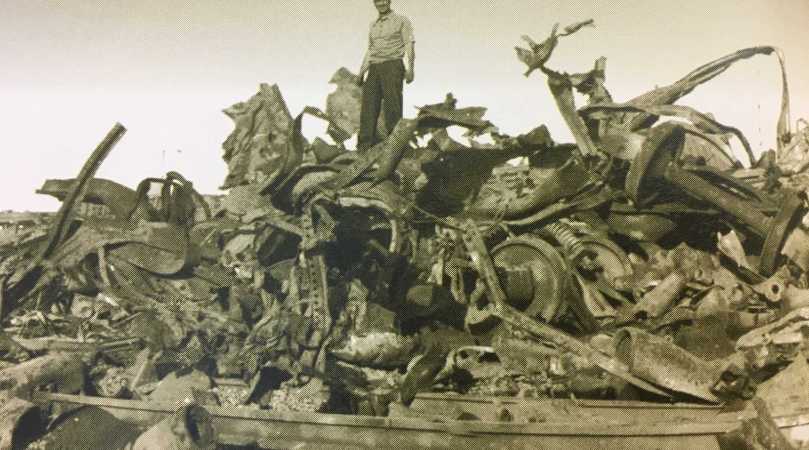WWI aviation enthusiasts rejoiced on Saturday, August 19, 2023, when the National WWI Museum and Memorial hosted its third annual Great Balloon and Puppet Glow in the heart of Kansas City, Missouri. Partnering with StoneLion Puppet Theatre and Cumulus Radio, the event painted the summer sky with an awe-inspiring spectacle, all in a celebration that resonates with the history of WWI aviation.
The Great Balloon and Puppet Glow Event
Beginning at 4 p.m., the public gathered on the Museum and Memorial grounds. Together, they enjoyed live music, local food trucks, communal picnicking and plenty of WWI artifacts and stories. As the sun dipped below the horizon, the night came alive with radiant displays that lit the Kansas City skyline. On the North Lawn, tethered hot air balloons fired up, creating a canvas of color. At the same time, on the south side, illuminated puppets, aerialists, and glow performers embarked on a magical journey “around the world in 80 days.”
If you’re wondering about the connection between puppets and balloons, Vice President of Collections and Senior Curator Dr. Christopher Warren explains.
“This annual event is an opportunity for balloon enthusiasts to come to the property and enjoy the balloons. It offers a nice end of the summer festival for kids in the community,” Warren said. The plus side is that, while on the museum’s grounds, visitors could inspect the balloons and wander the museum. Inside, the collection’s latest gem stands poised to be viewed and admired.
“Just a few weeks ago, the museum acquired an actual hot air balloon basket from WWI. It’s one of only a few in existence,” Warren said. Remarkably, what visitors saw the night of the event is similar to what balloonists use today. In fact, the technology of basket construction hasn’t changed much since the Great War. That’s a stark contrast from the rest of aviation, which has changed considerably over the last 100 years.
Balloons and Zeppelins
“In the era of WWI, the technology of tactical hot air balloons served as an eye in the sky, providing a real-time vantage point over the battlefields. The recent acquisition of an actual WWI hot air balloon basket by a museum presents a rare opportunity to glimpse into a unique aspect of military history. These baskets played a vital role in observation and artillery fire, elevating warfare to new heights,” said Warren.
During WWI, balloons played a crucial role in collecting reconnaissance, floating miles above front lines to observe enemy movements. Warren notes that WWI marked the beginning of new, real-time combat. Balloons are a big part of the reason why. That’s because WWI service members didn’t let not having comms stop them from innovating and adapting.
“Elevating to anywhere from three to five or six thousand feed, and manned by a few pilots, balloons provided a view of the trenches, enabling direct fire in real-time,” said Warren.
Of course, the work was hazardous, as balloons became targets for enemy aircraft. With no weapons in the balloons, the only escape was via parachute.
But it wasn’t all doom and gloom since attacking balloons were also a hazard to the enemy aircraft.
Take, for example, the museum’s prized piece of an L-49 Zeppelin. The P-Class WWI German Navy Zeppelin took part in eight recon missions with three attacks on England. It was damaged by ground fire during a raid on London. Then, French pilots at Escadrille at Bourbonne-le-Bains, France, quickly got to work dismantling it.
“Remarkably, it was brought down intact and the captured crew became POWs. The French, eager to uncover its construction secrets, dismantled it. The fabric was then cut into pieces, turning fragments of the Zeppelin into souvenirs. These remnants serve as a vivid reminder of wartime innovation and a mission carried out against all odds,” said Warren.

Sky heroes
Eugene Bullard was born in Georgia to a miserable childhood. After running away from home, he found himself in Scotland and London, where he learned to be a boxer. In turn, he ends up in France just before the start of the war. When the war starts, Bullard joins the French Foreign Legion.
While serving in the French Foreign Legion, Bullard’s experience differed from what he knew to be true in the U.S.
“Racial prejudices were different, so he had more freedom. He wasn’t thought of as “other,” so his service was welcomed,” said Warren.
After being severely wounded, Bullard decided to apply to flight training. He received his pilot license in 1917. By then, there was an American squadron unit operating in France called the Lafayette Escadrille. Bullard requested a transfer, expecting to be aligned with his fellow Americans.
That didn’t happen.
“Even though they knew he was a combat pilot. They didn’t allow him to fly. The official reason given was because American pilots had to be officers. But the actual reason was because of race.”
Discrimination didn’t allow him to fly for his nation. Still, he’s credited with being the first Black combat pilot in American history. It’s stories like Bullard’s that the museum aims to bring to life.
Ruth Law and inclusivity
The National WWI Museum and Memorial acknowledges the diverse backgrounds and experiences of those involved in WWI. As such, it is committed to being a space where equity, inclusion, and diversity converge to create a sense of belonging.
Take, for example, the story of Ruth Law, an aviation pioneer and a leading figure in aviation during WWI.
Warren quickly pointed out that Ruth Law “… wasn’t just an aviation pioneer for women. She was an aviation pioneer, period.”
Ruth Law was a trailblazer in the early days of aviation. She began her career just five years before the Great War. Then, she quickly got to work breaking records. In addition to becoming the first woman to fly at night, Law is also credited with being the first female professional pilot. Oh, and she’s also the first woman to execute the “loop the loop” maneuver. After setting a record for a 950-kilometer non-stop flight, Law’s career really took off and she quickly started earning up to $9,000 a week for exhibition flights.
But Law’s ambition didn’t stop with personal glory. When the United States entered World War I in 1917, she was determined to serve her country. Despite initial rejection with the curt response, “We don’t want women in the Army,” Law’s persistence paid off. She became the first woman permitted to wear a noncommissioned Army officer’s uniform. She utilized her flying skills to help her nation.
By performing recruitment and promotional flights for Liberty Loan drives, she served as a patriotic figure and an advocate for women’s roles in the military. One of her most notable acts was dropping leaflets resembling smoking bombs, urging people to buy liberty bonds with the words, “I’ve bought my liberty bond, will you buy yours today? Ruth Law.” Her tenacity, skill, and commitment to her country make Ruth Law an enduring symbol of aviation prowess and gender equality.
Today, a few of those leaflets are carefully preserved inside the museum’s collection.
Check it out for yourself
It’s items like those that make these exhibits at the museum not just remarkable but keenly intimate as well. The Zeppelin’s fabric, Ruth’s leaflets, and the combat-weathered basket all encompass what separates this WWI museum from others around the country. With its regular offerings of events and exhibitions, the museum transcends traditional boundaries, connecting the local community and visitors alike to the rich history of WWI.
Whether through the vibrant Great Balloon and Puppet Glow event or its commitment to inclusivity and education, the museum continues breathing new life into a bygone era. It’s not just a place to learn about history but a living space where history is experienced, understood, and honored. By bridging the gap between the past and present, the National WWI Museum and Memorial stands as a beacon of history and heritage, inspiring and enlightening those who walk through its doors.


